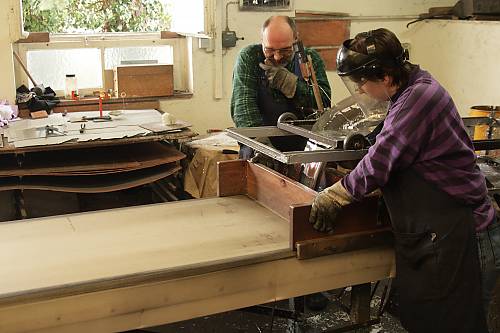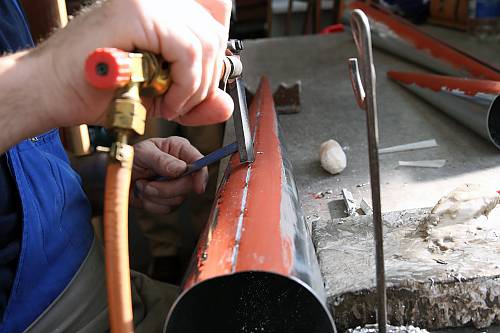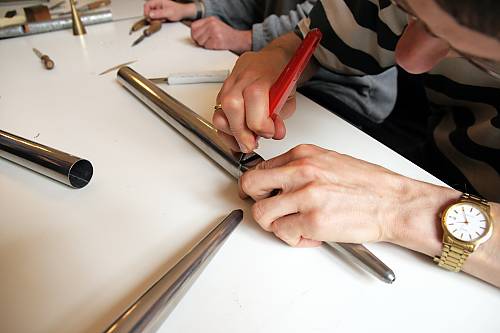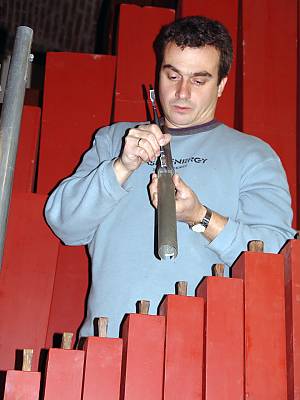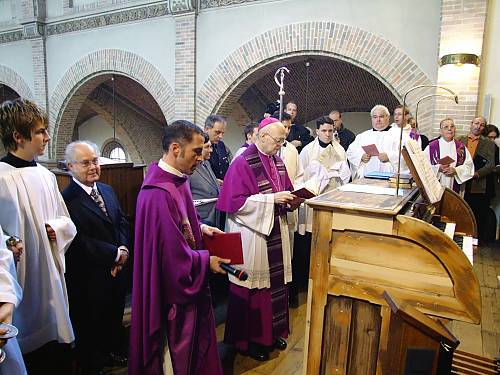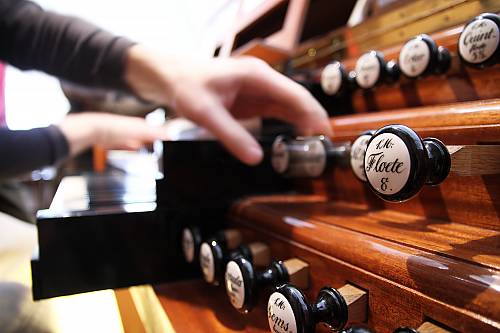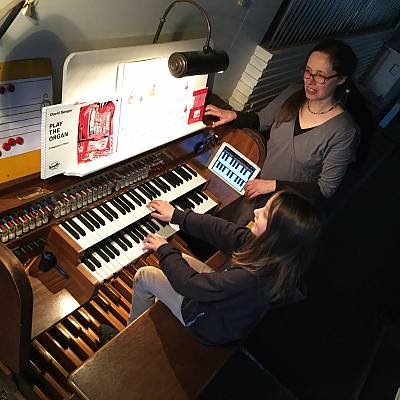Organ craftsmanship and music
Inscribed in 2017 (12.COM) on the Representative List of the Intangible Cultural Heritage of Humanity
Organ craftsmanship and music has shaped Germany’s musical landscape and instrument-making for centuries, and there are a diverse number of related traditions in the country. Organ craftsmanship and music are closely related since each instrument is created specifically for the architectural space in which it will be played. The highly specialized knowledge and skills related to the practice have been developed by craftspeople, composers and musicians working together throughout history, and the specialized and mostly informally-transmitted knowledge and skills are significant markers of group identity. Transcultural by its very nature, organ music is a universal language that fosters interreligious understanding. Though mostly associated with church services, concerts and modern cultural events, it is also played during important community-building festivities. There are 400 medium-sized craftspeople’s establishments in Germany, which guarantee its viability and transmission, as well as some larger family-owned workshops. Knowledge and skills related to the element are transmitted through a direct teacher-pupil experience, which is complemented by training in vocational schools and universities. Apprentices gain practical experience in organ construction workshops as well as theoretical knowledge in vocational schools, and efforts to safeguard the element also include teaching in universities and music academies, conferences, and presentations via the media.

